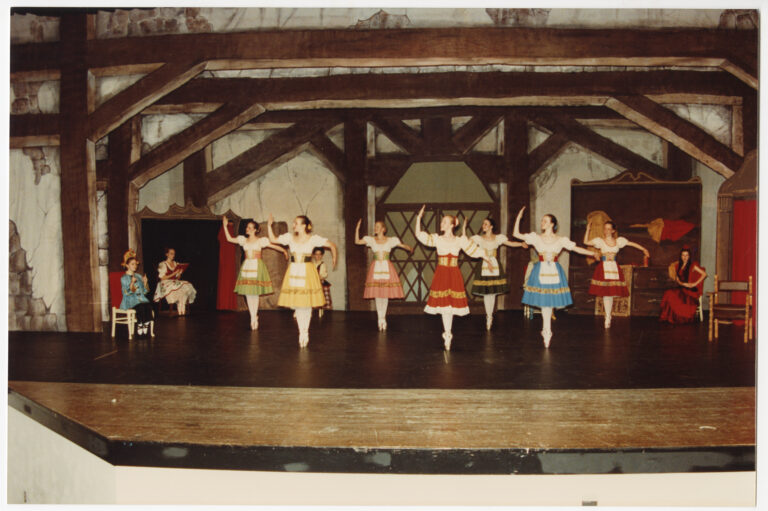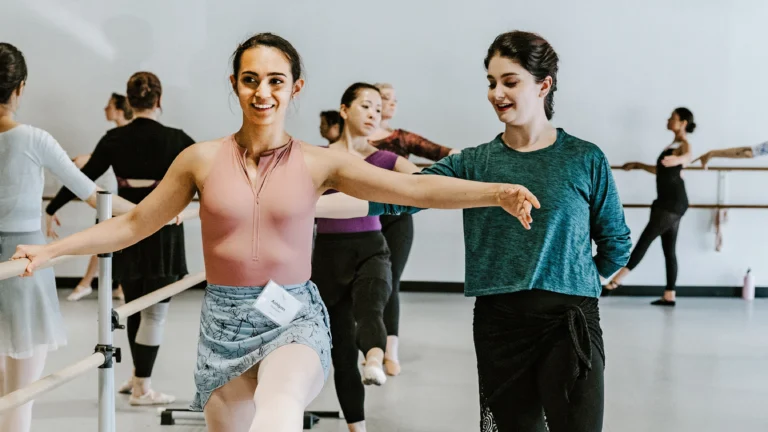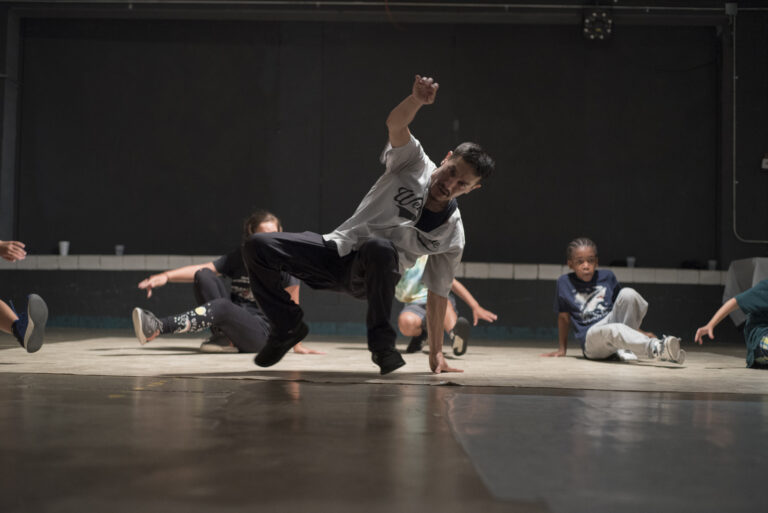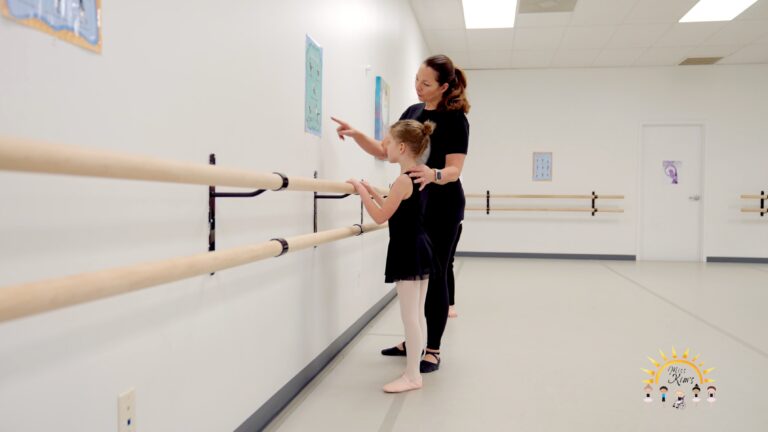
I recently spent a Saturday night with my husband and my 17-year-old dancing daughter, who sobbed at the foot of our bed. My daughter revealed her experiences with implicit bias and overt racism in school, and especially in the dance studio.
For six years, she has danced at a classical ballet school tied to the city’s ballet company. The previous six years were spent at a mid-sized recreational/competition studio. I want to recount a few examples of the racism that my daughter shared that night.
Several years ago, her competition team was performing Disney’s Peter Pan, already known for its racist imagery and narrative. My daughter was the only Black girl on the competition team and was cast as a Native American. While preparing for the competition, one of her teachers was braiding her hair as part of her costume, when this teacher exclaimed loudly that my daughter’s freshly washed and flat-ironed hair was “greasy and nasty” and that she “had to go wash her hands after braiding her hair.” I complained to the studio owner, who defended this teacher with the typical refrain, “she didn’t mean anything by it.” We left this studio a year later. That teacher—who had a litany of incidents displaying racist microaggressions toward the few dancers of color and bullying behavior toward other students—is still teaching at this studio today.
Next, my daughter walked into a less-than-welcoming atmosphere at her current classical ballet studio. As the school joined the American Ballet Theatre’s Project Plié initiative (the purpose of which is to expand diversity and inclusion efforts at ballet schools around the country), a few teachers openly criticized the studio’s efforts, demonstrating to their students of color their lack of commitment to the idea of diversity in ballet.
My daughter has been dismissed and ignored, given limited encouragement and few corrections. Other students—white students—have openly questioned why she received call-backs and why she was chosen for certain parts (which were few and far between). We asked for private lessons to improve her technique. We were told that the school “did not believe in private lessons” and that my daughter would only benefit from taking class with other dancers. However, we consistently watched as other dancers in the studio were offered private lessons.
Every year, there was some new rule change, like resetting the minimum level for joining the youth ballet. My daughter was consistently placed in the level just below the cut-off. Each year, my daughter watched students who were clearly not as skilled as she was promoted to the next level. She asked her teachers what she needed to work on to improve. Some simply ignored her request. Those who responded stated that she was a hard-worker, was technically proficient and was not behind. However, her placement and treatment were inconsistent with those statements. The teacher who had been the most unkind stated that she should not be “making excuses” for her placement, even though the conversation was phrased as “What can I work on to improve?” When my daughter received a high score on her ABT test, this same instructor pointed out in class that the ABT examiner “must have really liked you.” She did not make the same statement to the white dancers who scored well.
In recent years, my daughter has begun to dread dance. She does not want to take certain teachers’ classes and begs to skip on the days that they teach. She knows that she will be placed in a lower level, ignored in class, criticized for her body type and height, and told not to use her muscles (a common critique of Black dancers). She has asked to quit dance altogether. I continue to encourage her to work hard and improve, and they will not be able to deny her—advice that I honestly do not even believe anymore.
We have few options for classical ballet in our city, which is why we have chosen to stay. I have hired private teachers from outside of our studio. We have traveled outside of the state to attend summer intensive auditions held by other schools and companies. After spending time in privates and attending other summer intensives, my daughter has received comments from her teachers about how surprised they are at how much she has improved. Yet, her status never changes. She is not elevated. She is not nurtured. She is not supported. They have torn her down and depleted her confidence and self-worth. And then they tell her that she was not moved up because she lacks confidence—the very thing that they have taken away from her.
My beautiful dancing daughter with her long lines, gorgeous port de bras arms and high arabesque has been denied equal treatment in the dance world. She stated a couple of years ago, “It just seems like they want me to fail.” At this point, I cannot disagree with her. As she enters her senior year of high school, I worry if she will get into a college dance program. I worry that she has already lost too much time to make up for what she did not receive from her studio.
Our studio is failing its students of color. Tolerating bullying teachers. Promoting one Black student as the poster child for the studio’s commitment to diversity, while ignoring other promising students of color. Giving one-year scholarships to Project Plié students while not nurturing the growth and retention of all students of color.
My daughter sat sobbing at the foot of my bed because she has done everything right, yet the world that she loves and has embraced since she was 5 years old does not see her and does not love her back.



